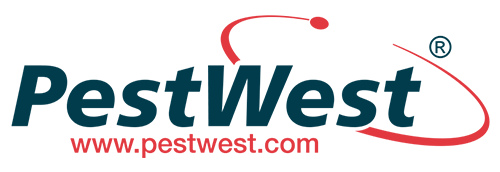Changes for farmers, gamekeepers and pest control businesses in new rodenticide stewardship report
Summarised from guidance in the report, this means a permanent enclosed structure with foundations, constructed from wood, brick, concrete or metal that provides protection from the elements and minimises access by non-target species that might otherwise consume rodenticide baits placed inside. Temporary or easily moved structures are not generally considered to be buildings.
From 4 July specifically, none of the five second generation anticoagulant rodenticides (SGARs) are allowed to be bought for use in open areas or waste dumps. The five active ingredients – brodifacoum, bromadiolone, difenacoum, difethiolone and flocoumafen – are sold under numerous brand names. Announced in June 2023, this restriction is designed to strengthen rodenticide stewardship and lead to reducing SGAR contamination in barns owls, the sentinel species for non-target wildlife.
In response to the report, the HSE-led Government Oversight Group (GOG) to which stewardship operator the Campaign for Responsible Rodenticide Use UK (CRRU) is accountable acknowledges that commitments made at the 2016 outset have been fulfilled. It confirms that UK Rodenticide Stewardship, still under review by the GOG, is considered by government to be ‘fit for purpose’.
Ongoing scrutiny also covers something of which the operator is acutely aware that there have been no reductions in any of the key environmental criteria. Four additional working groups, each containing government and CRRU representatives, have been set up to review rodenticide sales data, residues in wildlife, application of best practice and anticoagulant resistance.
Another major change covered by the report is that from January 2026, all buyers and users of professional rodenticide products must hold an approved training certificate and, if this is more than five years old, membership of a stewardship-specific Continuing Professional Development (CPD) scheme. For the first time, this means farmers, gamekeepers and pest control technicians will have to be equally qualified.
Among results identified by the report, stewardship’s training function has now issued 41,000 qualification certificates to pest control technicians, gamekeepers and farmers. In the past year alone, downloads of CPD materials have increased by 40% to 29,000 items, and a video produced with the Game and Wildlife Conservation Trust, for example, had 15,000 viewings.
Point-of-sale audits of 661 premises found 1% failures, 17% qualified passes with only minor corrections, and 83% outright passes. Over the past three years, 37% of farmers report attending stewardship training or seminars, up from 24% when last assessed in 2020. Farmer awareness of CRRU increased markedly from 20% in 2020 to 74% last year, on a par with gamekeepers (75%) and closing on pest control technicians (93%).











